Iranian nomadic Tribes
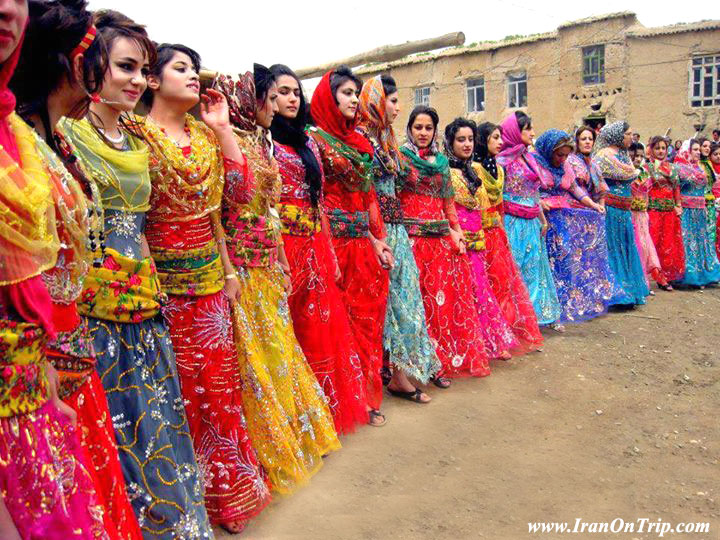
There are about one million nomads in modern Iran, extending from the border of Turkistan to the warm waters of the Persian Gulf. Most of these tribes, the Kurds, the Lurs, the Bakhtiaris, the Guilaks (on the Caspian Coast), the Baluchis, are the original invaders who, in the first millennium BC, swept down from central Asia and settled in various parts of the Iranian plateau. Most of the tribes of central Iran are from pure Aryan stock, while other tribes such as the Arabs of Khuzestan and Khorasan, the Turkish tribes of Quchan, the Qashqai tribes, the Shahsavan and Afshar tribes of Azarbaijan and the Turkmans are remnants of races that have passed through Iran at various periods of history.Today there are over a hundred different tribes, each with its own dialect, picturesque dress, dwelling-place and chief. The most important tribes are as follows.
By 1920 nomadic pastoral tribes were over a quarter of Iran's population. Their number declined sharply as a result forced settlement in the 1920s and 1930s. Continued pressure as well as the lure of the cities and settled life have resulted in a further sharp decline since the 1960s.
Lor & Bakhtiaris Tribes:
.jpg)
They dwell in the high grounds of Zard Kuh mountain (Zagros range to the west of Esfahan) extending to the south of Esfahan, and around Shahr-e Kurd, with winter quarters in Khuzestan, particularly the kinder plains around Dezful, Susa, and Ramhormoz. They are divided into two main groups, the Haft Lang and the Chahar Lang, subdivided in turn into several tribes and sub-tribes or tayefeh. Most Bakhtiaris speak Persian or a Luri dialect, although part of the populations, concentrated in the towns and villages in the south of Khuzestan province, speak Arabic. Their clothing, with trousers extraordinarily wide, round hat and short tunic, is reminiscent of the Arsasid (Parthian) period, 200 BC-280 AD.Read more
Baluchi Tribes:
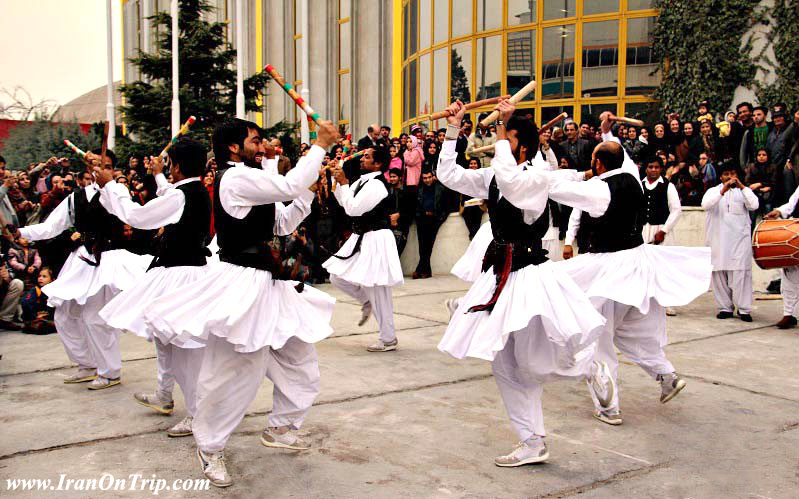
Originating in Khorassan, the northeastern province of Iran, they are scattered and live in the Mokran region far southeast of the country, a vast area from the Pakistan border to the Iranian deserts. Their language is pure Persian. Nowaday mainly settled in urban centers such as Zahedan, the Baluch tribes consist of many different smaller tribes, making their living out of camel herding and agriculture.Read more
Guilaks & Taleshi Tribes:
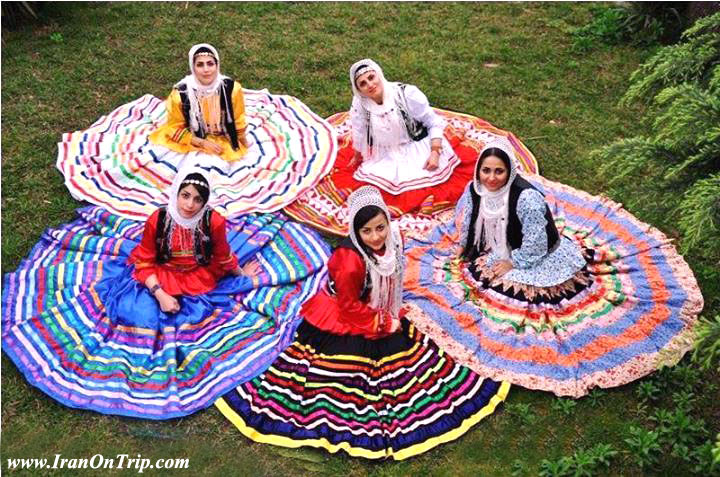
These tribes are among the most original tribes of Iran, speaking a pure Persian dialect and dwelling in the maritime provinces of Iran. Their number is dwindling, but one can still see the remnants of these stoic tribes in Tallish.Read more
Turkmans Tribes:
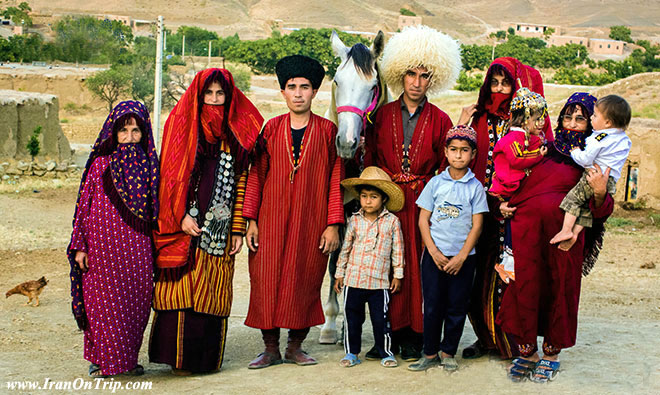
They descend from the Mongols who arrived in Iran very early on, in the 11th century AD, and are powerfully built, with high cheekbones and slanting eyes. They live in the northeast of the country, north of Khorassan and east of Mazandaran. They dwell on the vast flat lands of Turkmansahra, which is situated between the Caspian Coast and the southern mountains. today, they constitute the most active agriculturists and fishermen of the region, and unlike the other ethnic groups, they are Sunni.Read more
Azari Tribes:

Commonly called ‘Turks’ in Iran, the Azaris make up about 25% of the population. They speak Azari Turkish, a dialect mixing Turkish with Farsi. They are concentrated in northwest Iran, in the Azarbayjan Provinces around Tabriz..Read more
Arab Tribes:
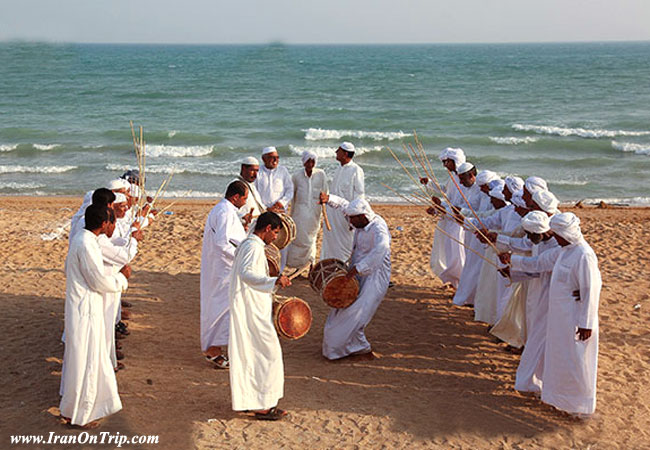
These tribes are scattered along the Persian Gulf coast and the hot plain of Khuzestan. Their most important clans are Ka'ab, Tamim and Khamis. A small population of Arab tribes, descendants of early emigrants, lives in eastern Khorasan near Bojnurd and in some places in Fars.Read more
Qashqais Tribes:
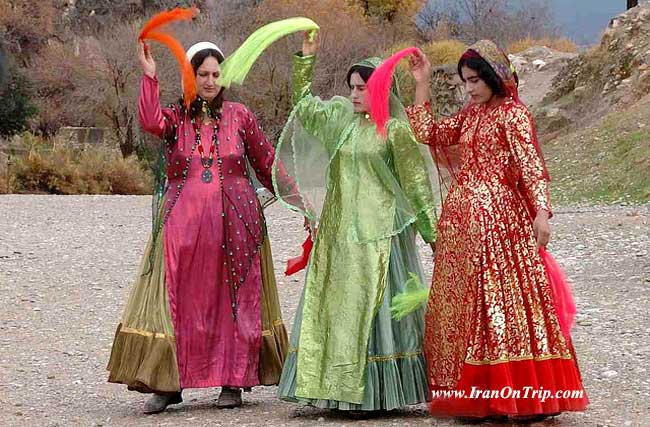
These Turkish-speaking tribesmen representing a dominant ethno-linguistic The Lursare group, and historically the most important political leverage, dwell among the high mountains of Fars province. Traditionally, they wintered on pastures in the foothills of the Zagros to south and west of Shiraz, near the Persian Gulf, and moved north to the mountains in the spring. Their dress is almost the same as that of the Bakhtiaris, except for the hat, which resembles Napoleonic headgear.Read mora
Kurds Tribes:
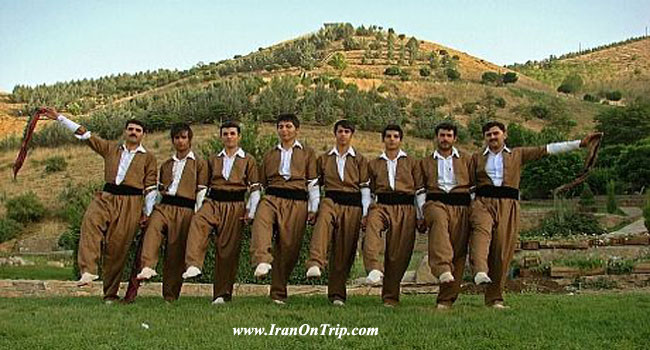
The Kurdish people of Iran occupy a vast area from the northernmost borderline of Azarbaijan to the hot plain of Khuzestan. Descendants of the Indo-European tribes that arrived in Iran in the first millennium BC, they speak an old Persian dialect and regard themselves as the descendants of the Medes. Kurds are to be found mainly in Iran, Iraq, and Turkey. In Iran, they consist of many tribes, of which the chief branches are:
The northern Kurds of Maku and northwestern Azarbaijan;The Mahabad Kurds, dwelling in the area between Lake Orumieh and the mountains of Kurdestan proper and the Khorassan;The Kurds of Sanandaj with subdivisions in Paveh, Saqqez, and the Iraqi border;The Kurds of Kermanshah, from the Zagros mountains to the Khuzestan plain. LUR TRIBESThey are probably the most intact tribes of Iran, retaining their robustness, virility, and tall stature. They are mostly cultivators and shepherds and occupy the high grounds of Lurestan, south of Kurdestan, and Kermanshah provinces.The Lursare thought to be a division of the ancient Kurds, both tribes being considered true descendants of the Medes. The Mamasani Lurs dwelling in western mountains of Fars form one of the most important clans. Read morae
Khorasani Kurds Tribes:
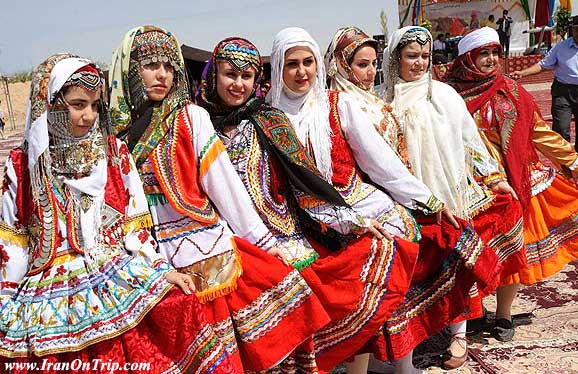
Kurdish tribes forced to move to Khorasan region / North-east of Iran during Safavian Dynasty about 1598 AC (or 1602 AC according to some texts).
By the beginning of the 16th century, the Shiite Safavid (Iranian) Empire had emerged as a rival to the Ottoman Empire. The Kurds found themselves in the middle of the territories claimed by the Sunni Turkic Ottomans and the Shiite Persian Safavids. The two empires fought at the Battle of Chaldiran in 1514 AC, where the Ottomans defeated the Safavid Shah. The result of the battle established a boundary between the two empires that split the Kurds between Turkic and Persian empires.About more than 60,000 Kurdish families and tribes forced to move to Khorasan region / North-east of Iran during Read more
Afshars and Shahsavans Tribes:
Having arrived in Iran in two waves under the Seljuks and the Mongols in 11th and 13th centuries, respectively, Afshars are pastoral nomads. They have their summer quarters on the slopes of the Sabalan mountain at 4, 860 meters (Azarbaijan), between Lake Orumieh and Qazvin and Hamadan, and their winter quarters are in the hot plains of Moghan, near the Caspian Coast. Some Afshar tribes are also scattered in areas between Kerman and Bandar-e Abbas in southern Iran. today, an ever-increasing number of Afshars have settled down and became farmers.
Living in the northeastern Azarbaijan province, Shahsevans (renamed II Sevan after the victory of Islamic Revolution) were organized by Shah Abbas I in the 17th century as a militia from tribes of diverse origin. Mainly Turkish speaking, they were used to put down rebellions of other tribes. They were divided between Iranian Azarbaijan and the Russian or former Soviet Azarbaijan after the occupation of part of our country by the aggressive Russian forces during the Qajar Ka'ab. Tamim and Khamis. A small population of Arab tribes, descendants of early emigrants, lives in eastern Khorassan near Bojnurd and in some places in Fars.
They have their summer quarters on the slopes of the Sabalan Mountain at 4,821 meters and their winter quarters are in the hot plains of Moghan, near the Caspian coast.
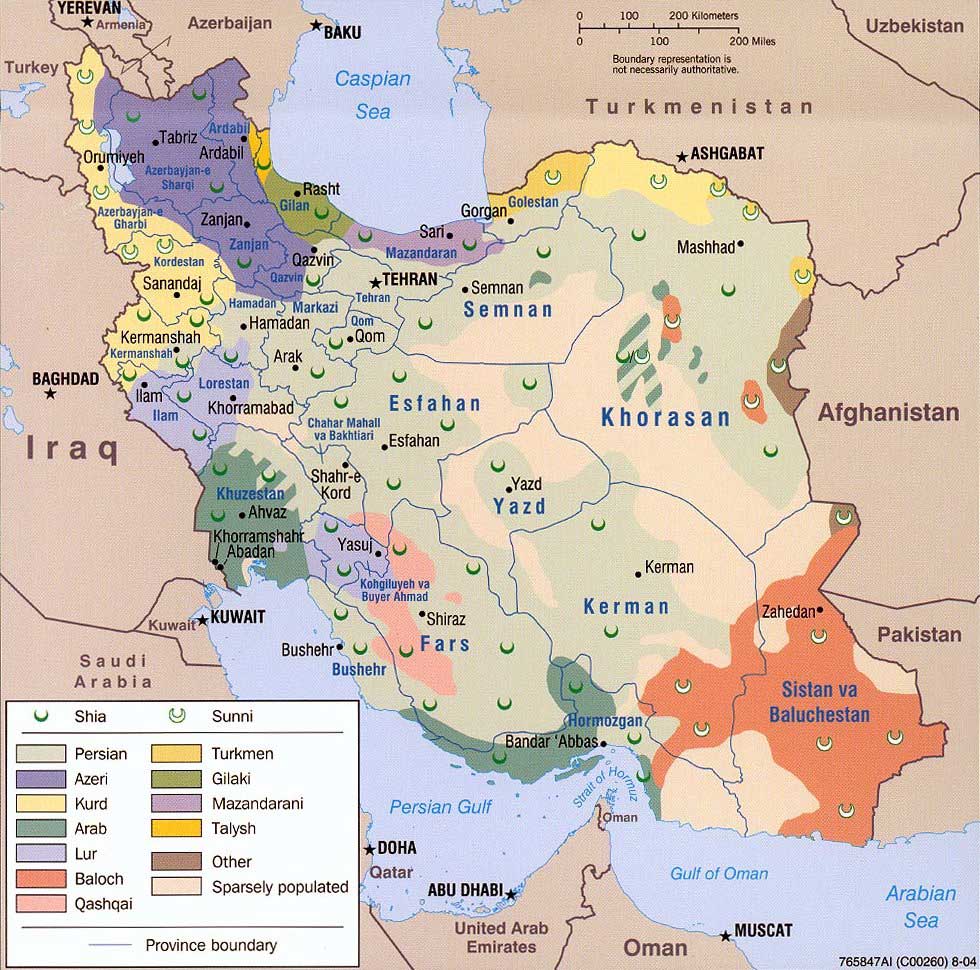
.....
.....
.....

.jpg)



























